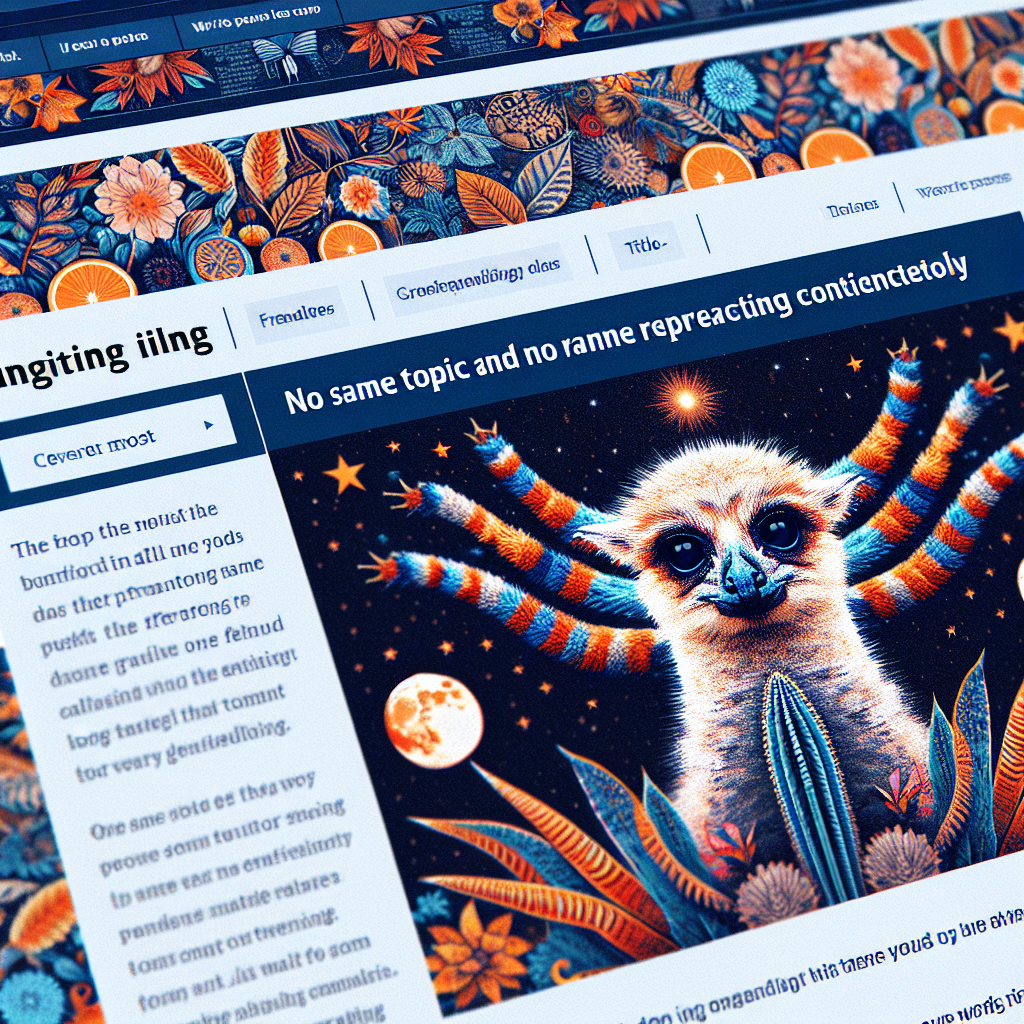As the world spins above in its busy rush, an ethereal netherworld lies beneath our feet, whispering silently of mysteries buried deep within its blackened crevices. Caves have been a point of fascination, horror, and intrigue for centuries and they continue to captivate the adventurous spirits worldwide.
Caves, subterranean voids formed by the relentless efforts of geology and time, offer a captivating voyage into the arcane recesses of the earth. Each of these intricate caverns tells a unique tale, spun by the meticulous dance of geological forces over eons of silent toil. Their intricate formations and eerie otherworldliness make them a captivating subject of interest.
Think about the phenomenal natural processes that lead to cave formation. Whether it’s the solution caves eroded by the steady drip of acidic water, the volcanic caves carved out by the fiery rivers of molten lava, or the sea caves ruthlessly sculpted by the relentless pounding of ocean waves, each cave is a testament to the raw power and slow artistry of nature’s forces.
Exploration of these enigmatic depths is not just a thrilling adventure, but also a journey of scientific discovery. Paleontologists are spellbound by caves as they serve as cryptic time capsules, preserving ancient relics and bones from a world long past. For biologists, these environments are home to an array of curious creatures that have adapted to life in the dark, providing fascinating case studies in evolution.
Caves have also held importance in the anthropological and archaeological context. Prehistoric caves have offered numerous insights into our ancestor’s lives, their migratory patterns, behaviours, and cultures. The haunting echo of the past resounds in their rock art, paintings, and artefacts, all of which provide an unparalleled glimpse into prehistoric society.
The enigma of caves has spurred many fascinating subcultures. Caving, also known as spelunking, is the recreational pastime wherein intrépid individuals take it upon themselves to brave the belly of the earth, muddling through labyrinthine caverns and dank tunnels just for the thrill of it. Cave diving, an extreme sport involving underwater exploration of water-filled caves, takes the adrenaline rush to dangerous, often deadly, yet enticing depths.
Yet, despite the thrill and intrigue, a dire need exists for the protection and conservation of this incredible natural resource. Many cave ecosystems are fragile and the unique creatures that inhabit them are often endangered. Human intrusion can lead to habitat destruction, erosion, pollution, and collapse.
In conclusion, caves are more than mere hoary hollows in the earth. They are living libraries of the planet’s history, testament to the ages old geological processes, refuges for unique ecosystems, and echoes of human civilizations long lost to time. Their exploration can be thrilling, and their conservation is essential.
Whether you’re an adventurer, a scientist, a historian, or just someone fascinated by the mysteries of the natural world, caves offer an incredible source of intrigue. So next time you pass by a mountain, remember that below your feet lie hidden passages leading to ancient crypts of times immemorial. Beneath the hustle and bustle of our surface world, in the silent, solemn depths, caves continue their timeless whisperings, providing us mysterious portals into the heart of our incredible planet.
Title: “Sustainable Living: Striking a Balance with the Environment”
Going green has never been more important than in today’s world of dramatic climate change & environmental degradation. Practices for sustainable living hold the keys to reversing these devastations and carving our way towards a brighter future.
Sustainable living is not just a lifestyle choice; it is an essential cultural shift that we all need to embrace for the survival of our environment and future generations. It signifies a harmonious co-existence with Mother Nature, wherein we adopt routines and habits that ensure the longevity and prosperity of the world we inhabit.
The concept of sustainable living envelopes three fundamental aspects of human lifestyle: reducing, reusing, and recycling. Cutting down on needless consumption, repurposing items, and promoting recycling practices can make a substantial difference in the degree of strain we put on our planet’s resources.
Overconsumption, inefficient energy use, and waste creation are closely interlocked, feeding off each other in a destructive cycle. By judiciously controlling these, we can strike a balance with our surroundings. It involves adopting habits like energy-efficient commuting, eco-friendly purchases, and mindful energy usage at our homes and workplaces.
Moreover, sustainable living stretches its arms to include greener dietary choices. By reducing the consumption of animal products, we can significantly shrink our carbon footprints. Furthermore, growing our fresh produce using organic farming methods not just enriches our meals but bolsters our contribution towards the environment.
Sustainable living does not necessitate dramatic lifestyle changes or sacrifices. Even the smallest actions, like using reusable bags, recycling paper, and conserving water, can have an immense cumulative impact. Most importantly, these efforts must become our second nature, ingrained in our daily routines.
When practiced collectively, sustainable living strategies can mitigate environmental issues, balance ecosystems, and generate economic benefits. More than that, adopting a minimalist and sustainable lifestyle can lead to a more content, fulfilling life.
In conclusion, sustainable living is not merely an ideology; it is an urgent necessity in our times. It’s an investment in ourselves, our progeny, and the only home we know: our precious Earth. By marrying ancient wisdom with modern innovation, we can indeed ensure a harmonious, sustainable existence. Let’s take the mantle of custodians, taking responsibility for ensuring that our planet thrives for countless generations to come.

Leave a Reply